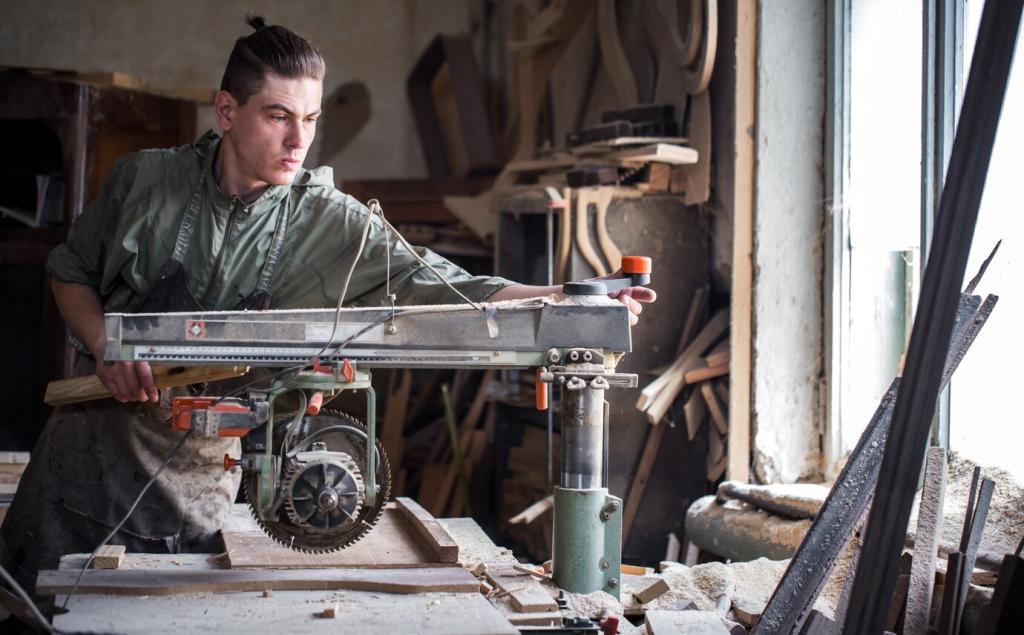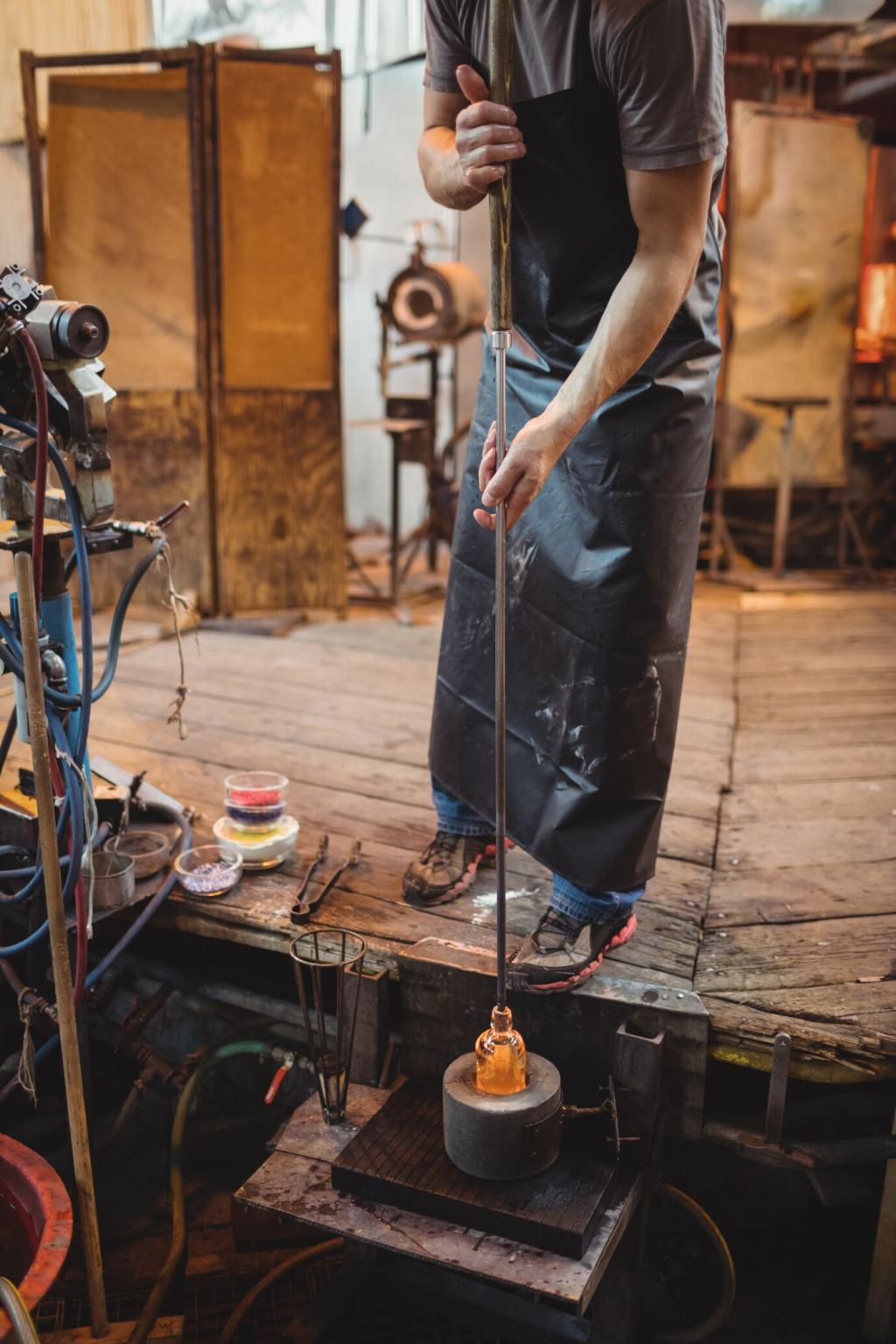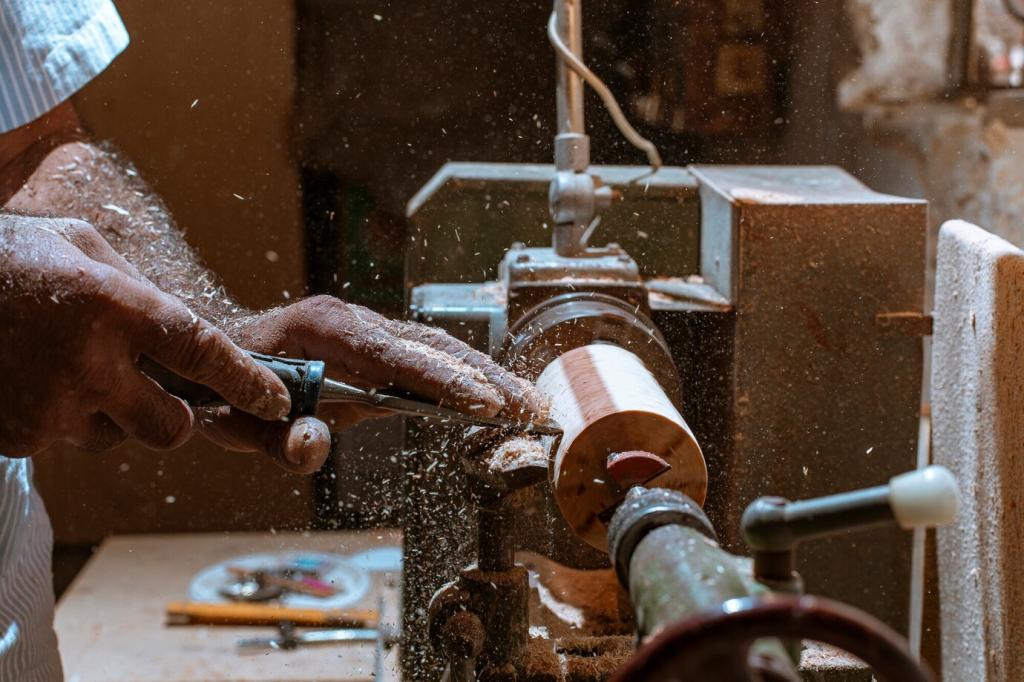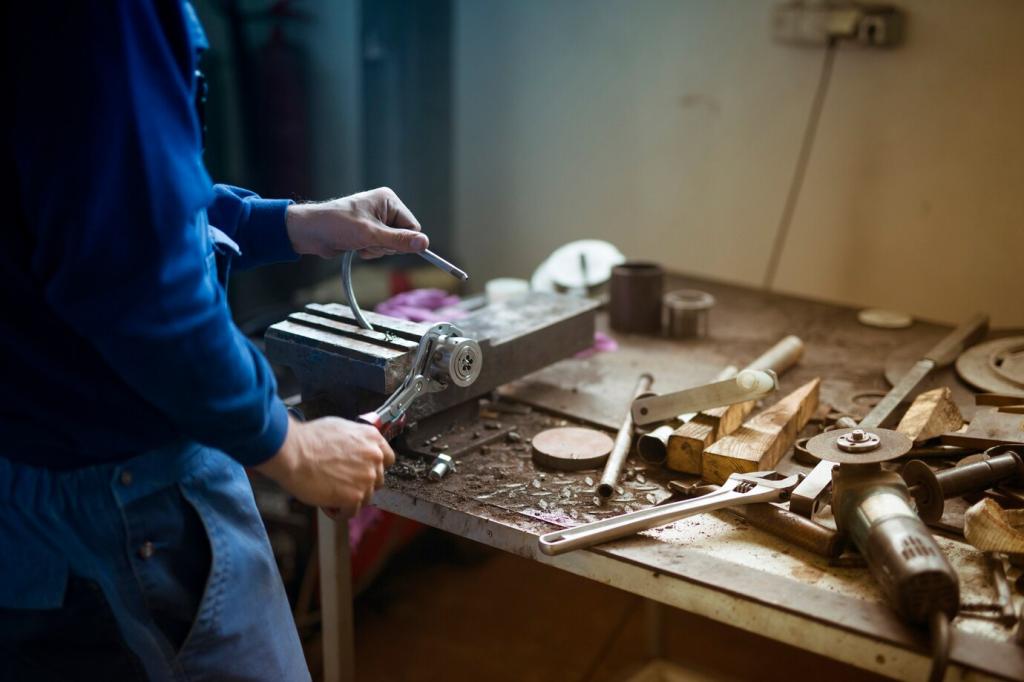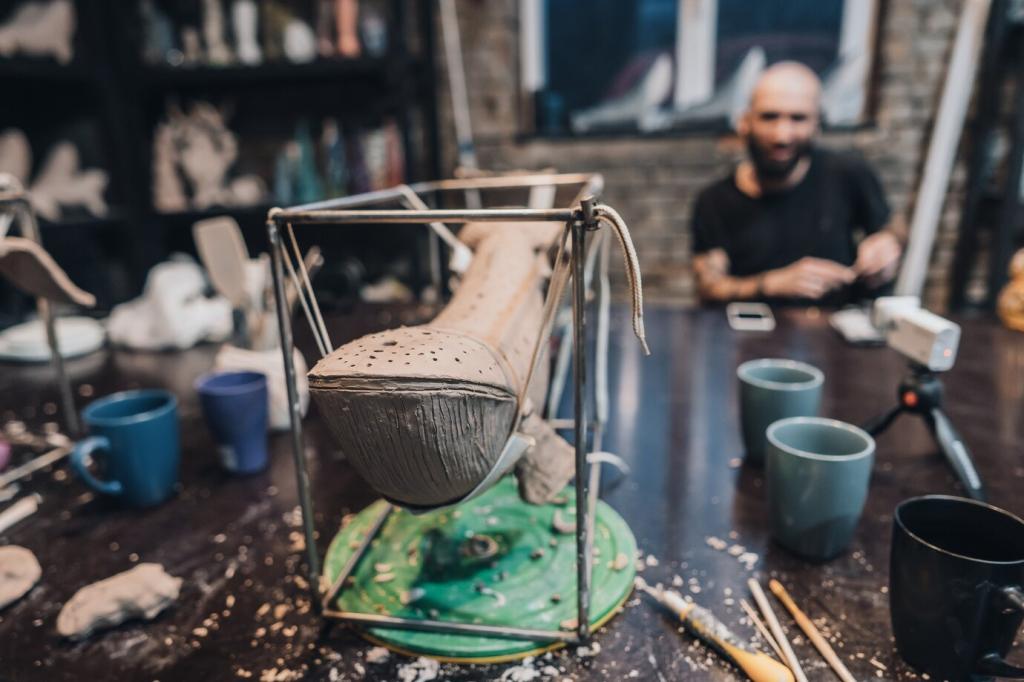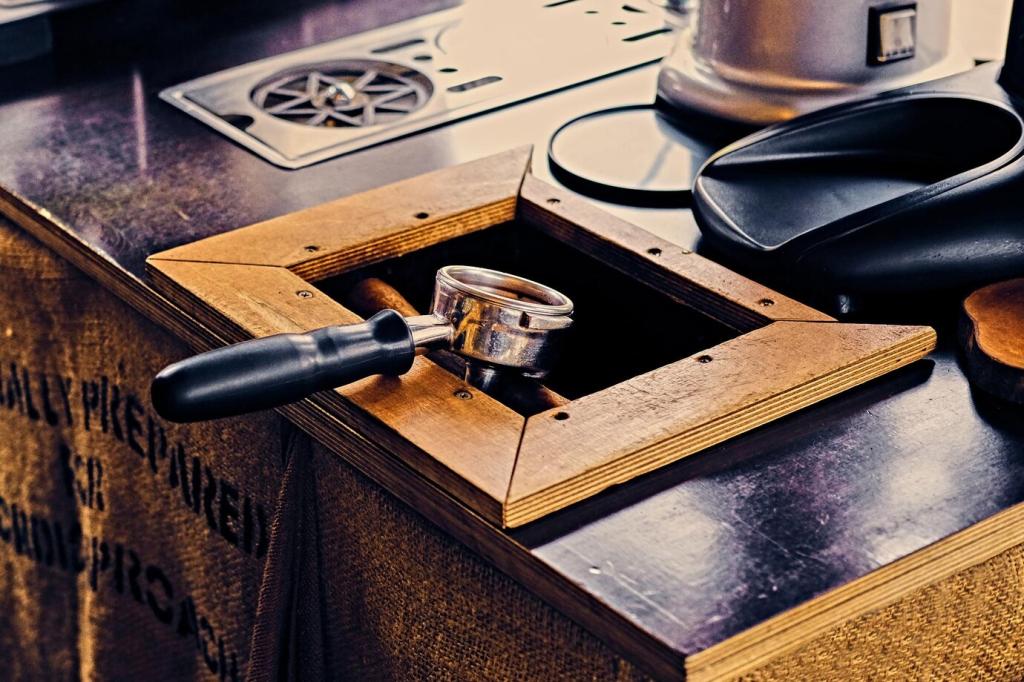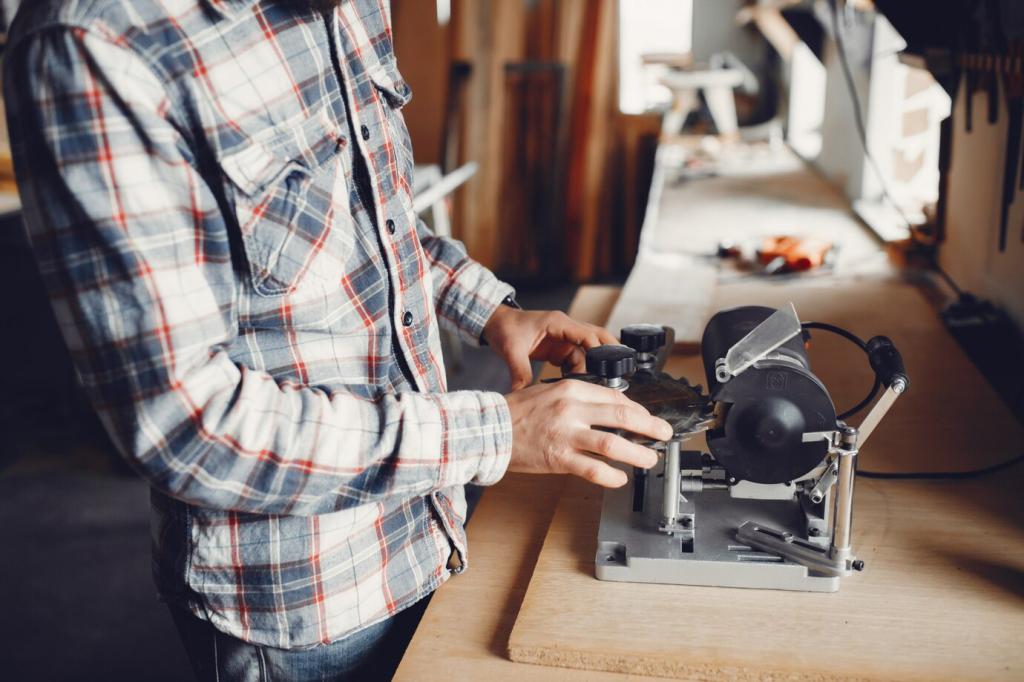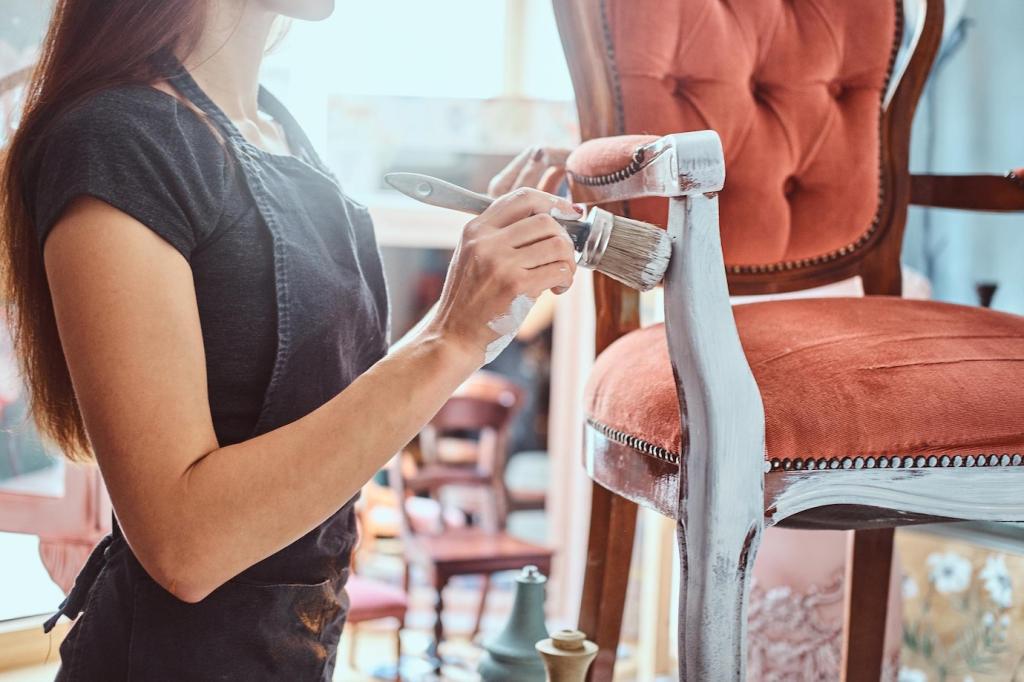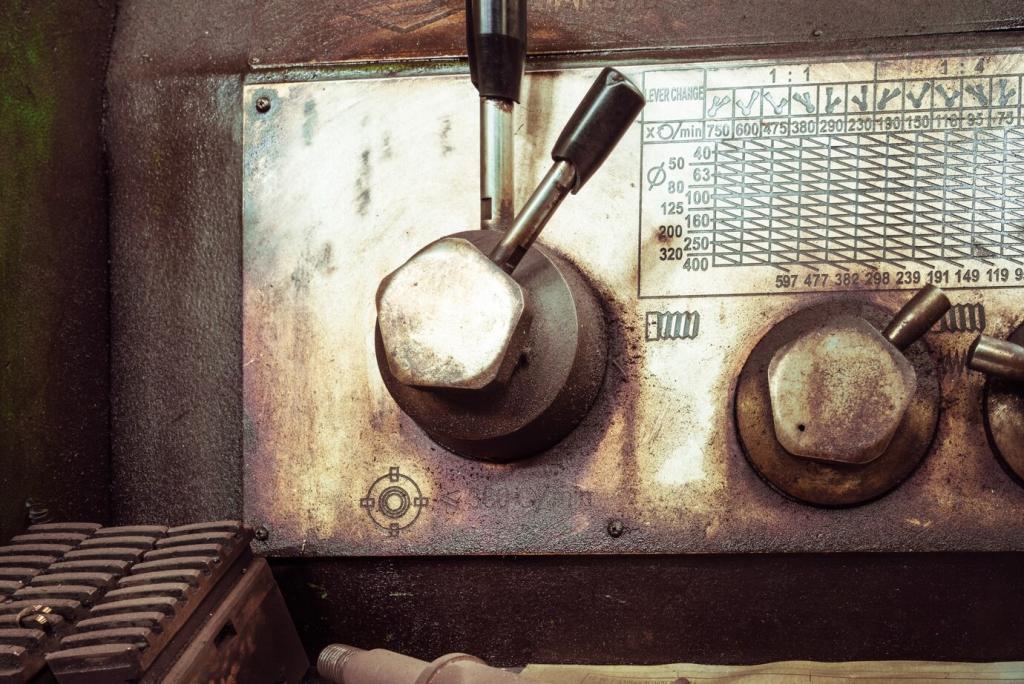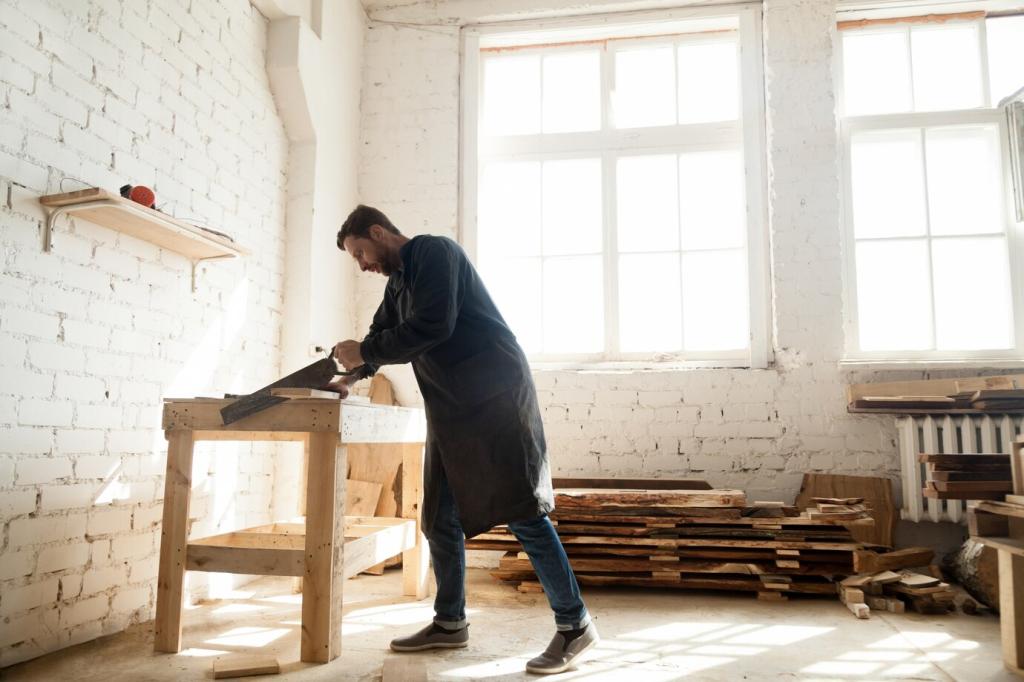Polish Types Demystified
Beeswax offers warm depth and easy application; carnauba adds durability and a slightly harder sheen. Blends balance glow and protection without drowning the surface. High-quality paste wax, applied sparingly and buffed thoughtfully, is often best for antiques. Share your favorite wax brand and why it earned your trust.
Polish Types Demystified
Light oil-polish blends can revive thirsty oil finishes but may attract dust if overused. Avoid heavy, scented oils that leave films on delicate surfaces. When in doubt, spot-test and buff thoroughly. If you have questions about ingredients or compatibility, ask below and we’ll guide your selection carefully.
Polish Types Demystified
Silicone-based polishes produce instant gloss but can contaminate surfaces, complicating future repairs or refinishing. They may also cause smearing on shellac or lacquer. For antiques you love, resist shortcuts. If you have used silicone before, comment with details so we can suggest a safer path forward.

